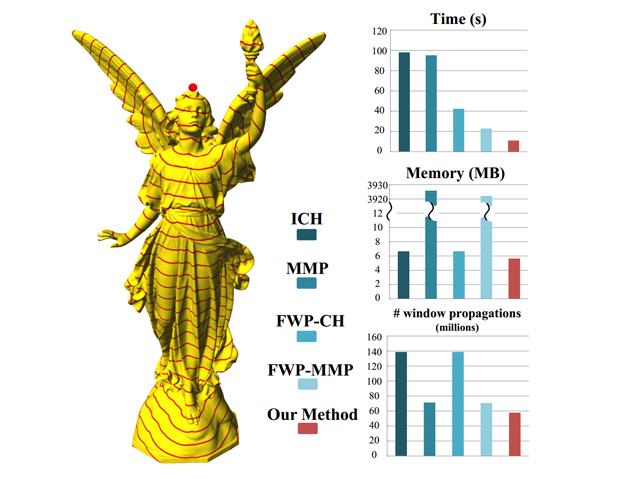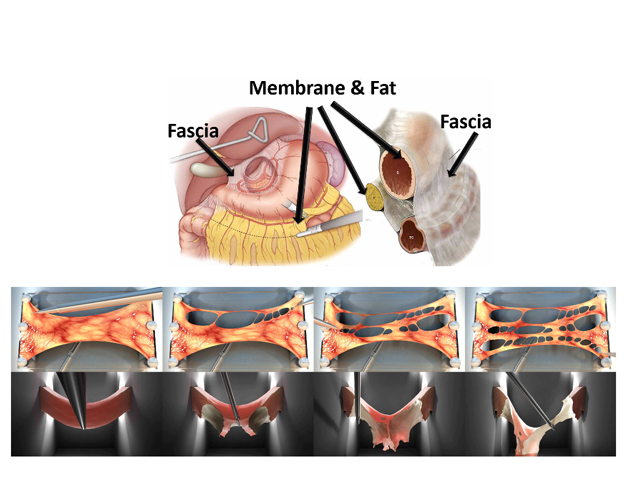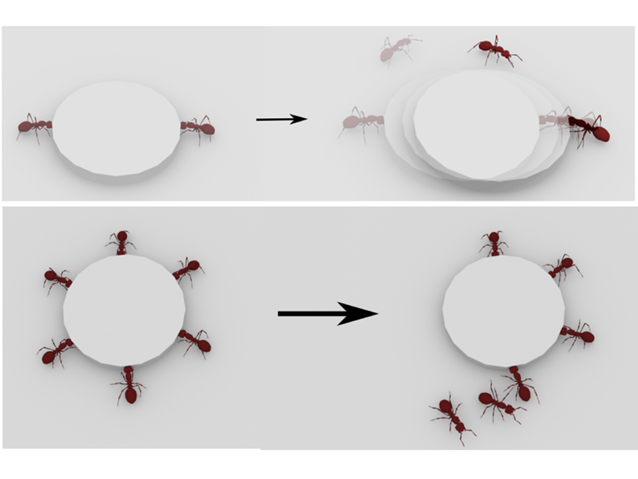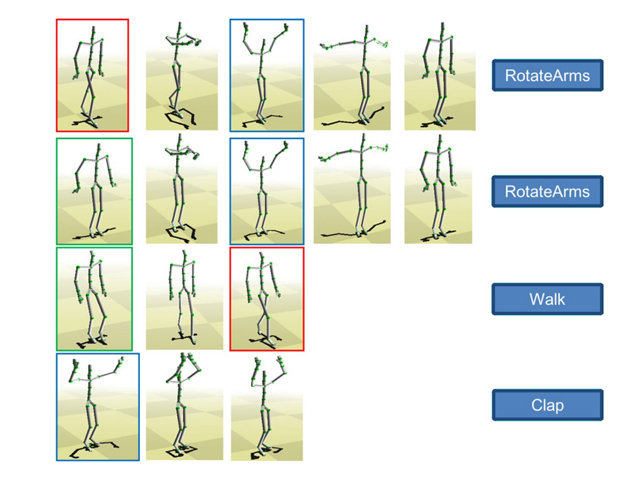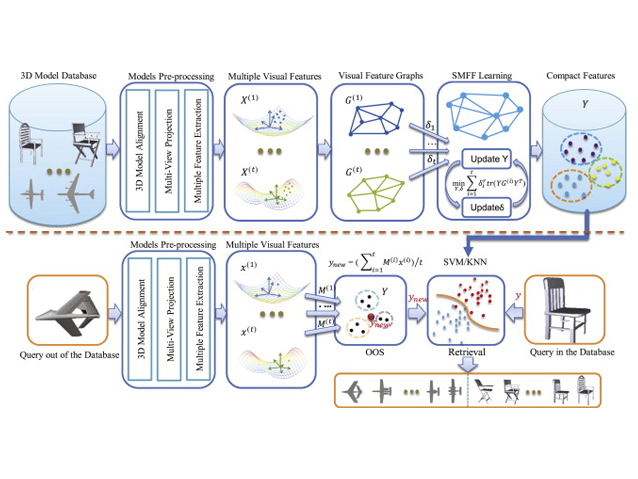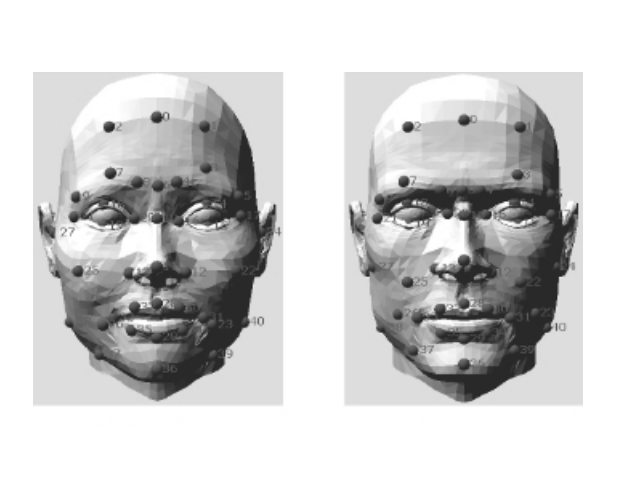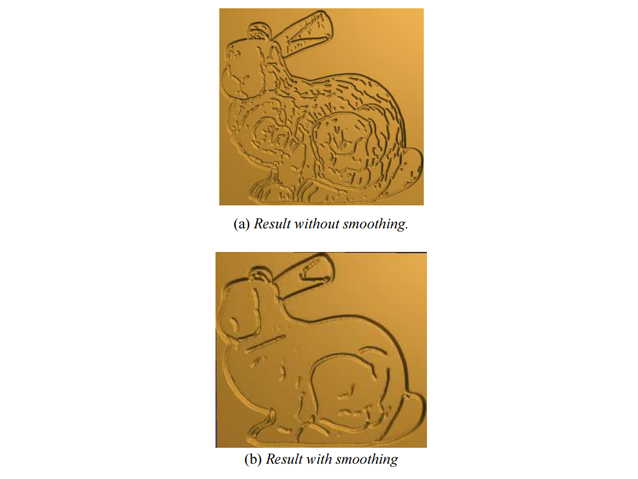Computing discrete geodesic distance over triangle meshes is one of the fundamental problems in computational geometry and computer graphics. In this problem, an effective window pruning strategy can significantly affect the actual running time. Due to its importance, we conduct an in-depth study of window pruning operations in this paper, and produce an exhaustive list […]
